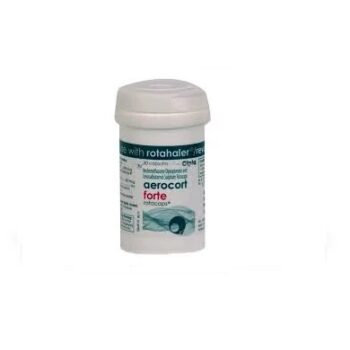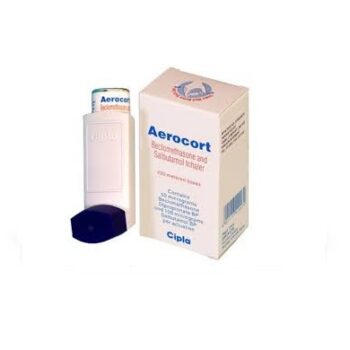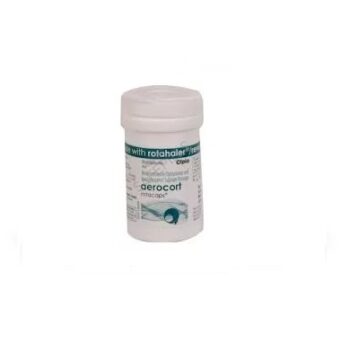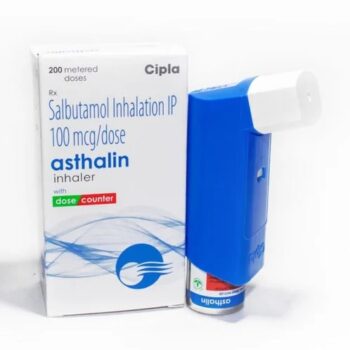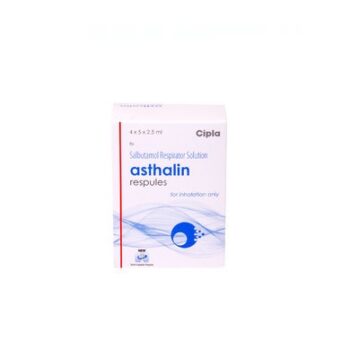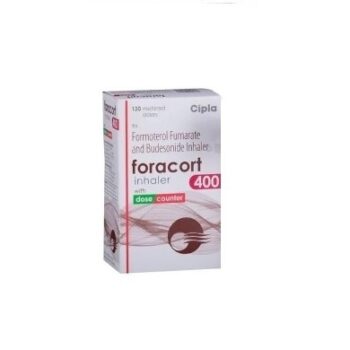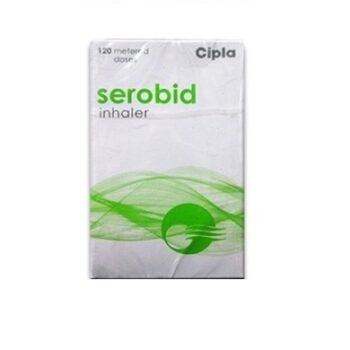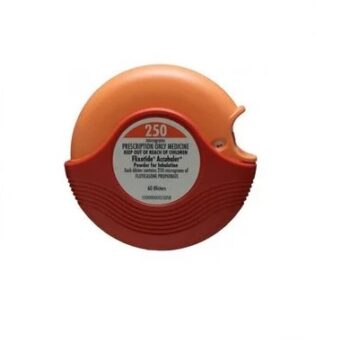Asthma Medicine
Showing 1–12 of 48 results
Asthma medicine
It is a long-term condition. In this, air passages in the lungs become narrow. It is because of inflammation and contraction of the muscles around the small airways. It leads to symptoms like cough, shortness of breath, chest tightness, and wheezing. Such symptoms are intermittent. They are often worse during exercise or at night.
Some common triggers that can worsen are dust, fumes, and smoke. Other than these, viral infections and weather changes may also trigger it. Grass, tree pollen, perfume, and strong soaps, are among the other triggers. Such triggers vary from one person to another.
Symptoms
You may suspect asthma if you or your child notice any symptoms like wheezing or coughing while breathing. These two are common symptoms. Other symptoms are:
- Shortness of breath when exposed to some triggering factors
- Chest tightness
- Cyanosis
- Intense coughing
- Urge to cough that gets triggered by an allergen
- Fatigue during or after an attack
Causes
The exact cause is unknown. It is believed to be impacted by genetics and environmental factors. When your immune system comes in contact with any allergen, it will trigger an immune response to fight against the allergen. Yet, such an immune response is strong in people with this disease. It leads to inflammation. So it causes swelling of the airways and narrowing, making breathing challenging. During an attack, three things may happen such as:
Bronchospasm: The muscles present around the airways become tight. When it happens, it causes the narrowing of the airways. Air is unable to flow freely through constricted airways.
Inflammation: The linings of the airways become swollen. They do not allow as much air to move in and out of the lungs.
Mucus production: During an attack, the body will create more mucus. The thick mucus will clog the airways.
Prevention
The best way of preventing asthma is eliminating or reducing exposure to triggers that may cause attacks. Some common triggers and prevention are:
- Stay away from allergens like dust mites, animal dander, and mold.
- If possible, use a mask whenever you come into contact with smoke or other irritating fumes.
- People who have asthma must avoid viruses or other respiratory infections.
- It is vital to wash your hands carefully. Never forget to get the flu vaccine each year. Lower the risk of an attack.
- Maintain a diary and note specific triggers. Thus you can inform your doctor regarding these and reduce any flare-ups in the future.
Quick-relief drugs
These drugs quickly relieve attack symptoms such as wheezing, chest tightness, and cough. They include:
- Short-acting beta-agonists: They are the first choice for quick relief of symptoms.
- Anticholinergics: These are bronchodilators paired with or used instead of the former one. They take longer to work compared to short-acting beta-agonists.
- Systemic corticosteroids: They are anti-inflammatory drugs getting symptoms under control.
Preventive long-term drugs
They treat symptoms and stop attacks. These drugs lower swelling and mucus in the airways. So they become less sensitive and less likely to react to any trigger of this attack.
Inhaled corticosteroids: These drugs are the most effective medicines for long-term control.
Inhaled long-acting beta-agonists: They open airways. These drugs do it by relaxing the smooth muscles around them. Take this along with an inhaled corticosteroid.
Combined inhaled drugs: They have an inhaled corticosteroid and a long-acting beta agonist. It is an easy way of taking them together.
Your drugs are the foundation of good control of this attack. Become aware of what treatments are included in the action plan to control it. Ask your doctor when to take these drugs, the expected results, and things to do when you do not get the wanted results.

